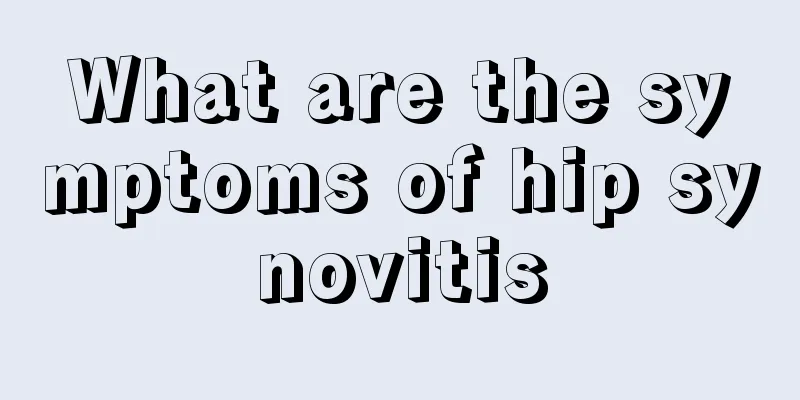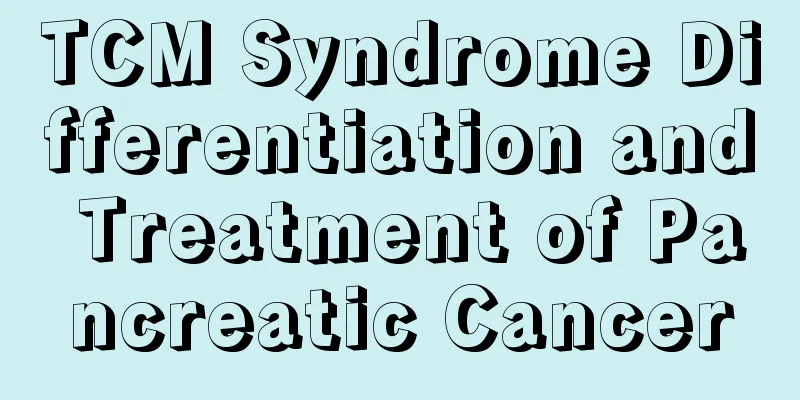What are the symptoms of hip synovitis

|
Hip synovitis is a type of bone disease, which is generally common in children. Little boys between three and six years old are most likely to develop this disease. There are no special signs before the onset of this disease, and patients with this disease usually develop the disease suddenly. The disease has a great impact on walking. It is mainly believed that this disease is caused by external injuries and bacterial infections. The following mainly introduces its symptoms. [Typical symptoms] Unilateral hip or groin pain is the most common clinical symptom, and some patients may experience pain in the mid-thigh or knee. In very young children, symptoms may include night crying, and careful examination may reveal painful claudication. [Other symptoms] Children with hip synovitis usually do not have fever or have a mild fever. High fever is very rare. [Diagnosis basis] Hip synovitis usually affects one side of the joint, but occasionally affects both sides. Some patients have a history of trauma or an upper respiratory tract infection or trauma within 2 to 3 weeks; symptoms vary in severity, mainly pain and limited movement, and in severe cases, hip swelling and lameness may occur; physical examination may show tenderness in the anterior and posterior sides of the hip joint, limited passive movement, especially in internal rotation, abduction, and extension; the "4" test is positive, and some patients have a pelvic tilt toward the affected side. Laboratory examinations showed an increase in white blood cell count and a slightly accelerated erythrocyte sedimentation rate. The anti-"O" antibody test, tuberculin test, and rheumatoid factor test were all negative. The bacterial culture of the joint fluid puncture was negative. The synovial pathological section showed nonspecific inflammation. The main X-ray manifestations are no bone structural abnormalities in the hip joint, and sometimes a bulging shadow of the joint capsule and a widened joint space can be seen. Ultrasound diagnosis is also an important basis for examining this disease. Treatment strategy Conservative treatments such as manipulation, traction, and physical therapy are given, and surgical treatment is offered if ineffective. [Drug treatment] Nonsteroidal anti-inflammatory drugs can shorten the duration of symptoms. [Surgical treatment] When conservative treatment is ineffective, surgery can be performed promptly to remove the synovium embedded in the joint to avoid delaying the disease. [Other treatments] 1. Manual therapy is suitable for patients with severe hip pain and hip synovial incarceration. 2. Traction therapy is suitable for all children. The patient lies on his back with the affected limb abducted 30° in a neutral position. Continuous horizontal skin traction is performed on the affected limb. The traction weight generally does not exceed 5kg, and the traction time is 7 to 10 days. While traction is in progress, the patient is advised to do static contraction exercises of the quadriceps femoris to prevent muscle atrophy. [Prognosis] Most cases resolve with treatment and rest. Daily care 1. Rest in bed and do flexion and extension exercises of the hip and knee joints. 2. Avoid strenuous activities such as walking, weight-bearing, and jumping too early. 3. Massage the pressure points on bony prominences regularly to prevent pressure sores. 4. Perform limb and joint function exercises as prescribed by your doctor. 5. Have regular check-ups and seek medical attention promptly if you feel unwell. [Dietary adjustment] Give a light, nutritious and easily digestible diet, make sure to drink plenty of water, eat more fresh fruits and vegetables, and avoid spicy and irritating foods. |
<<: Why do my finger joints become stiff when I wake up?
>>: The correct method and steps to take body temperature
Recommend
Nasopharyngeal cancer patients do not need to avoid certain foods, but they should eat fresh food
The key points of the diet for patients with naso...
How to remove the odor from the quilt?
Quilts are a common warming item and are indispen...
What are the symptoms of gastric cancer in the middle and late stages? There are three symptoms
In the middle and late stages of gastric cancer, ...
You can give yourself a comprehensive checkup without going to the hospital
1. Pulmonary function test 1. Hold your breath Ta...
What are the treatment methods for nasopharyngeal carcinoma patients?
If you suffer from nasopharyngeal cancer, patient...
What does Cha Jia Gong mean
The thyroid gland is a very important organ. The ...
What are the benefits of sweating to the human body
There are countless sweat glands distributed all ...
10 moments that will make you live longer!
“A journey of a thousand miles begins with a sing...
What to do when joints are painful due to cold
A joint is a structure composed of bones in the h...
Why does low blood pressure occur?
The condition of low blood pressure cannot be ign...
5 atypical signs of lung cancer. If you miss them, lung cancer will definitely be delayed to the late stage!
Lung cancer is one of the malignant tumors with t...
What is the cause of primary liver cancer
In the southeastern coastal areas of China, the i...
What are the preventive measures for ovarian tumors
Giving birth must be a very happy thing, but have...
How should bone cancer patients exercise during the recovery period
Physical rehabilitation exercises play a very imp...
Is surgery meaningful for advanced colon cancer?
Is surgery meaningful for advanced colon cancer? ...









